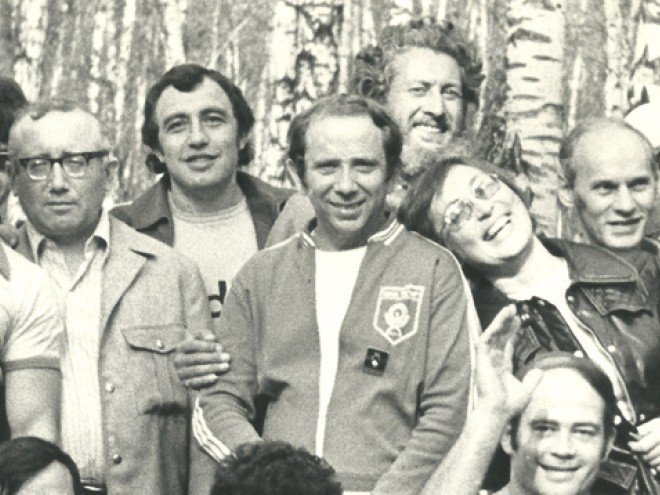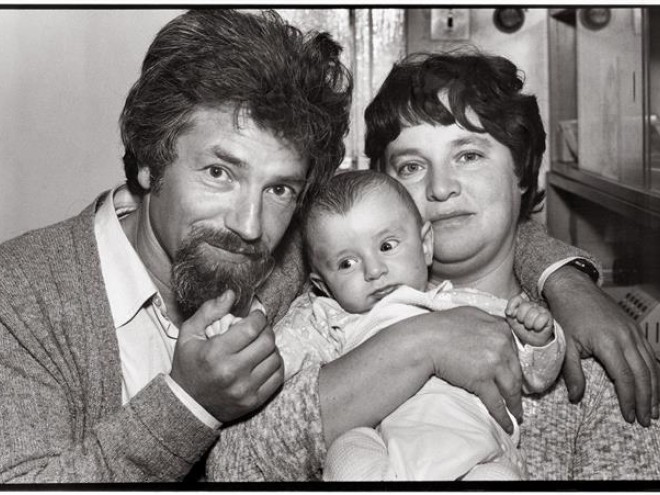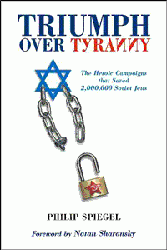The 20th century saw the arrival in the US of three waves of Jewish immigrants: the Jews of the early 1900’s immigrant communities, Holocaust survivors who came post-war, and late-century immigrants from the former Soviet Union.
“Speaking Jewish” is often used to describe the Yiddish language and in the early immigrant communities of Eastern European Jews, virtually everyone spoke Jewish. Subsequent immigrants also spoke Jewish, but often in different ways. Survivors spoke the Jewish of remembrance, carrying with them the memory of once thriving Jewish communities and the people who populated them. Immigrants from the former Soviet Union could not openly practice Judaism, but spoke the Jewish of culture, carrying their heritage forward through song, food, and of course, story. Together they spoke Jewish through language, memory and culture, forming an important part of Jewish identity.
Susan Weinberg, artist and writer, interviewed Jewish elders, exploring the emotional responses and visual elements that accompany their stories. Out of this process, she creates artwork, exploring their words through image and creating a multi-layered storytelling experience.




